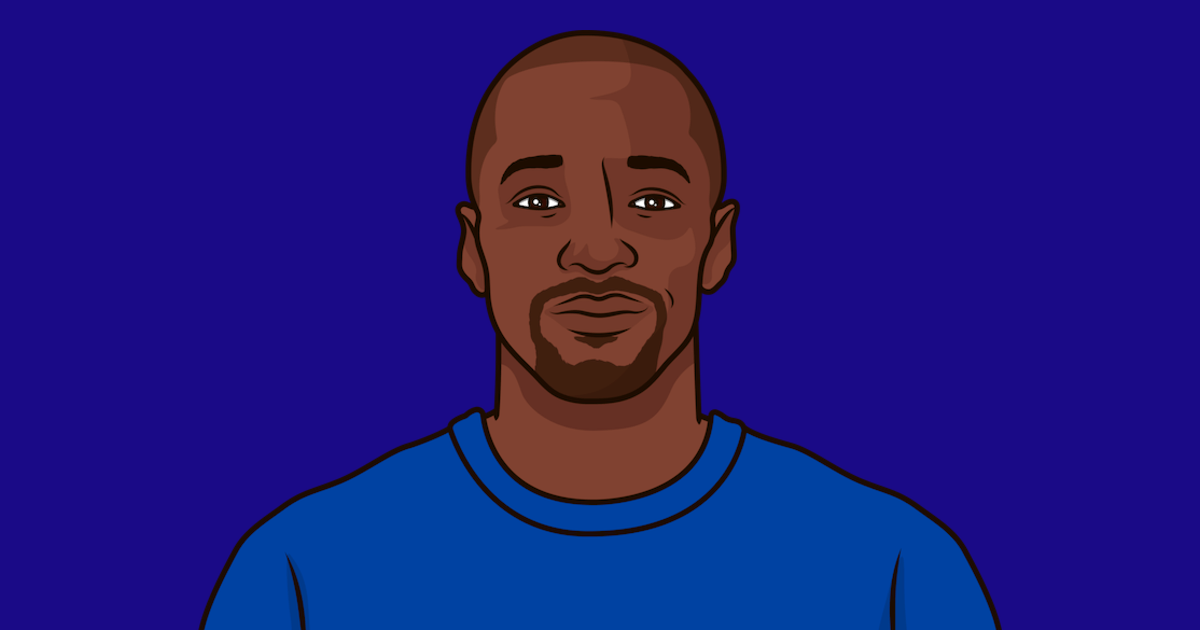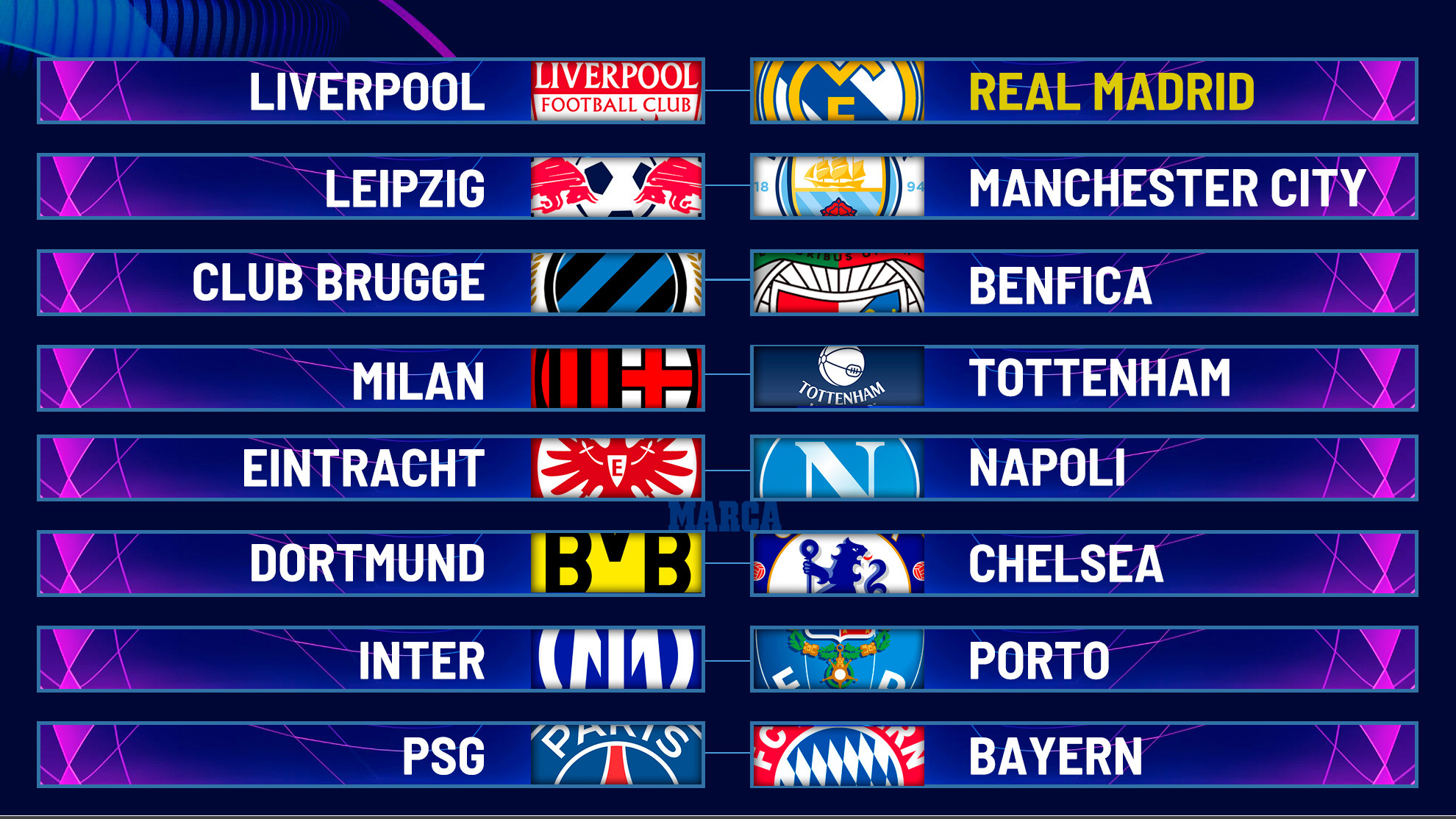
The Unbreachable Bastion: Unpacking the Art of Conceding Least Goals at Home
In the intricate tapestry of football, where goals are celebrated as the ultimate expression of attacking prowess, there exists an equally vital, yet often understated, art form: defence. Specifically, the ability of a team to turn its home stadium into an impenetrable fortress, consistently conceding the fewest goals. This achievement is not merely a statistical anomaly; it is the culmination of meticulous tactical planning, disciplined execution, psychological fortitude, and an unwavering commitment to collective resilience. To concede the least goals at home is to lay a bedrock for success, a testament to a team’s defensive mastery and its unique synergy with its own environment.
This comprehensive exploration delves into the multifaceted dimensions that contribute to a team’s exceptional home defensive record, dissecting the strategic, personnel, psychological, and environmental factors that transform a stadium into an unbreachable bastion.
The Inherent Advantage: Leveraging the Home Environment
The concept of "home advantage" is a well-documented phenomenon in sports, and in football, its impact on defensive solidity is profound. Several elements contribute to this inherent edge:
-
Familiarity and Routine: Players operate in a comfortable, predictable environment. The pitch dimensions, the dressing rooms, the training facilities – all are known quantities. This eliminates the disruption and fatigue associated with travel and adapting to unfamiliar surroundings, allowing players to focus entirely on their performance. The pre-match routine is consistent, fostering a sense of calm and preparation.
-
The Twelfth Man: Crowd Support and Intimidation: The roar of the home crowd is perhaps the most visceral aspect of home advantage. For the home team, it’s a powerful source of motivation, energy, and emotional uplift, especially during challenging moments. For the visiting team, the partisan atmosphere can be daunting, leading to increased pressure, hurried decisions, and a general sense of unease. The collective voice of thousands can intimidate referees, influence marginal decisions, and make opponents feel isolated and under siege.
-
Reduced Travel Burden: While the home team enjoys the comfort of their own beds and training facilities, the visiting team often endures travel, differing time zones, and the disruption of their usual routine. This physical and mental fatigue can subtly, but significantly, impact their sharpness, concentration, and endurance over 90 minutes, making them less potent in attack and more prone to errors.
-
Psychological Edge: Playing at home instills a psychological boost. There’s an inherent confidence and belief that comes with defending your territory. Conversely, visiting teams often approach home games against strong defensive sides with a degree of trepidation, knowing they face a formidable challenge. This mental edge can translate into more decisive defending and less confident attacking play from the opposition.
Tactical Masterclasses: The Defensive Blueprint
Beyond the environmental factors, the primary driver of a stingy home defence is the tactical acumen of the coaching staff and the disciplined execution by the players. A variety of interconnected tactical principles are often employed:
-
Compactness and Shape: Elite defensive teams are masters of maintaining a compact shape, both vertically and horizontally. This involves reducing the space between lines (defence, midfield, attack) and across the pitch, denying opponents easy access to central areas. By forcing the opposition wide or into predictable patterns, the defence can anticipate and prepare for crosses or long-range efforts.
-
Positional Discipline: Every player understands their role and responsibilities within the defensive structure. There’s a collective understanding of when to press, when to drop, when to cover, and when to track. Players resist the temptation to break ranks, ensuring that the team’s defensive integrity is never compromised. This discipline is often drilled meticulously on the training ground.
-
Pressing Schemes and Counter-Pressing: Defending is not merely about sitting deep. Many top teams employ sophisticated pressing schemes to win the ball high up the pitch or force opponents into mistakes in dangerous areas.
- High Press: Engaging opponents in their own half to disrupt their build-up and force turnovers. This requires immense fitness and coordination.
- Mid-Block: Allowing opponents to progress to the halfway line before engaging, aiming to trap them in central areas.
- Counter-Pressing (Gegenpressing): Immediately pressing the opponent in numbers after losing possession to win the ball back quickly before they can establish an attack. This prevents counter-attacks and maintains offensive pressure.
-
Defensive Transitions: The moments immediately after losing possession (negative transition) and immediately after winning possession (positive transition) are crucial. Teams that concede few goals excel at negative transitions, with players immediately tracking back, reorganising, and shielding the goal. This rapid recovery prevents opponents from exploiting temporary disorganisation.
-
Set-Piece Organisation: A significant percentage of goals come from set pieces (corners, free kicks). Teams with strong home defensive records dedicate considerable time to perfecting their set-piece organisation, whether through zonal marking, man-marking, or a hybrid system. This includes clear assignments, communication, and rigorous practice to deal with aerial threats and second balls.
-
Controlling the Midfield: The midfield acts as the shield for the defence. Elite defensive teams dominate the midfield battle, winning second balls, breaking up play, and preventing opponents from playing through the lines. Defensive midfielders, in particular, are vital in screening the back four, intercepting passes, and providing an extra layer of protection.
The Human Wall: Key Personnel and Their Attributes
While tactics provide the framework, it’s the individual quality and collective understanding of the players that bring it to life. Certain positions and player attributes are particularly critical for a robust home defence:
-
The Goalkeeper: The Last Line of Defence: A commanding goalkeeper is indispensable. They must possess exceptional shot-stopping ability, strong aerial presence to claim crosses, excellent communication skills to organise the defence, and the ability to distribute the ball intelligently to relieve pressure or launch attacks. Their presence instills confidence in the defenders in front of them.
-
Centre-Backs: The Pillars of Defence: These players are the heart of the defensive unit. Key attributes include:
- Positional Awareness: Reading the game, anticipating threats, and being in the right place at the right time.
- Tackling and Intercepting: Cleanly winning the ball and breaking up play.
- Aerial Dominance: Winning headers in both boxes, especially from crosses and set pieces.
- Pace and Recovery: The ability to track back and cover space, especially against quick attackers.
- Leadership and Communication: Organising the backline, shouting instructions, and maintaining focus.
-
Full-Backs: Defensive Diligence with Offensive Licence: While modern full-backs are often lauded for their attacking contributions, those in defensively solid teams are first and foremost diligent defenders. They must track wingers, block crosses, and maintain their defensive shape, knowing when to join the attack and when to hold back.
-
Defensive Midfielders: The Enforcers and Shields: These players are crucial for breaking up play, winning tackles, and screening the defence. They need:
- Positional Discipline: Staying in front of the defence, not getting dragged out of position.
- Ball-Winning Ability: Strong tackling and interception skills.
- Work Rate: Covering vast amounts of ground to support both defence and attack.
- Tactical Intelligence: Reading the flow of the game and anticipating opponent movements.
-
Team-wide Work Rate and Buy-in: Ultimately, defending is a collective responsibility. Even the most attacking forwards must contribute defensively, pressing opponents, tracking back, and supporting the midfield. When every player commits to their defensive duties, the team becomes incredibly difficult to break down.
The Psychological Edge: Mindset and Intimidation
Beyond the physical and tactical, the mental aspect plays a crucial role in a team’s defensive solidity at home:
-
Confidence and Belief: Playing in front of a supportive home crowd fosters immense confidence. Players believe in their system, their teammates, and their ability to keep a clean sheet. This confidence translates into decisive actions and a reluctance to panic under pressure.
-
Resilience and Mental Fortitude: Even the best defences will face moments of pressure or make occasional errors. The ability to quickly recover, regroup, and maintain focus after a mistake or a period of sustained opponent pressure is vital. Mental fortitude ensures that one lapse doesn’t lead to a cascade of further errors.
-
Intimidation Factor: A team renowned for its defensive solidity at home often carries an aura of invincibility. Opponents arrive knowing they face an uphill battle, which can lead to cautious play, rushed decisions, and a lack of conviction in their attacking movements.
The Architect: Coaching and Management
Behind every successful defensive unit is a visionary coach who instills a clear philosophy and meticulously prepares the team:
-
Clear Defensive Philosophy: The coach defines the team’s defensive identity – whether it’s a high-pressing side, a deep-lying counter-attacking team, or something in between. This philosophy is communicated clearly and consistently.
-
Training Ground Excellence: Defensive principles are drilled relentlessly in training. Repetitive exercises, tactical walkthroughs, and specific drills for set pieces, transitions, and pressing are crucial to embedding these habits.
-
Player Management and Communication: Coaches must motivate players, explain their roles, and foster a culture of accountability and collective responsibility. Clear communication ensures that everyone is on the same page.
-
Adaptability: While having a core philosophy, top coaches can adapt their defensive strategies based on the opponent’s strengths and weaknesses, ensuring the team is always prepared for different attacking threats.
Leveraging Data and Analytics
Modern football increasingly relies on data to refine defensive strategies:
- Expected Goals (xG) Conceded: This metric helps evaluate the quality of chances a team allows. A low xG conceded at home indicates not just few shots, but few good quality shots.
- Pressing Metrics (e.g., PPDA – Passes Per Defensive Action): Quantifying how intensely and effectively a team presses.
- Defensive Actions (Tackles, Interceptions, Blocks): Analysing where and how often defensive actions occur provides insights into defensive strengths and areas for improvement.
- Heatmaps and Positional Data: Visualising player movement and positioning helps coaches identify gaps or areas of vulnerability in their defensive shape.
Historical and Contemporary Examples
Numerous teams have built their success on an unyielding home defence:
-
Jose Mourinho’s Chelsea (2004-2006): His first stint at Chelsea saw them become defensively formidable, conceding a mere 15 goals in the entire 2004-05 Premier League season, a record that still stands. Their home record was exceptional, built on a compact 4-3-3/4-2-3-1, disciplined players like Claude Makelele, John Terry, and Petr Cech, and an almost obsessive focus on defensive organisation.
-
Diego Simeone’s Atlético Madrid: Since his arrival, Simeone has transformed Atlético into one of Europe’s most defensively resolute teams. Their "cholismo" philosophy prioritises collective effort, tactical discipline, and an incredibly compact low block, often frustrating even the most potent attacking sides. Their home ground, the Metropolitano (and formerly the Vicente Calderón), became a graveyard for opponents’ attacking ambitions.
-
Sir Alex Ferguson’s Manchester United: While known for their attacking flair, many of Ferguson’s title-winning teams were built on strong defensive foundations, especially at Old Trafford. Teams featuring players like Rio Ferdinand, Nemanja Vidic, and Edwin van der Sar were notoriously difficult to break down, blending individual brilliance with a cohesive defensive structure.
-
Jurgen Klopp’s Liverpool (2018-2020): While lauded for their "heavy metal football," Liverpool’s success was equally dependent on their defensive solidity, particularly at Anfield. Their aggressive counter-pressing (Gegenpressing) meant opponents rarely had time to settle, and with Virgil van Dijk marshalling the defence and Alisson Becker in goal, they became incredibly difficult to score against.
The Challenge of Sustaining Excellence
Maintaining an elite defensive record at home is an ongoing challenge. Teams must contend with:
- Injuries and Fatigue: Key defensive players being unavailable can disrupt rhythm and expose weaknesses.
- Opponent Evolution: Attacking strategies are constantly evolving, requiring teams to adapt their defensive approaches.
- Complacency: Success can breed complacency, leading to a drop in intensity or focus.
- Transfer Market: Replacing key defensive personnel with players of similar quality and understanding is crucial.
The Ultimate Payoff: A Foundation for Success
Ultimately, conceding the least goals at home is not an end in itself, but a powerful means to an end. It provides a stable platform upon which attacking players can flourish with less pressure. It builds confidence throughout the squad, knowing that even a single goal might be enough for victory. Historically, teams with the tightest defences often lift the biggest trophies, underscoring the enduring truth that while goals win games, defence wins championships.
In conclusion, the ability to transform a home stadium into an unyielding defensive fortress is a complex masterpiece in football. It is a symphony of strategic planning, individual brilliance, collective effort, and a deep understanding of the psychological and environmental dynamics of the game. It demands relentless training, unwavering discipline, and a shared commitment from every player and staff member. For those who master this art, the reward is not just a statistical anomaly, but a foundation for sustained success and an indelible mark in the annals of football history.



